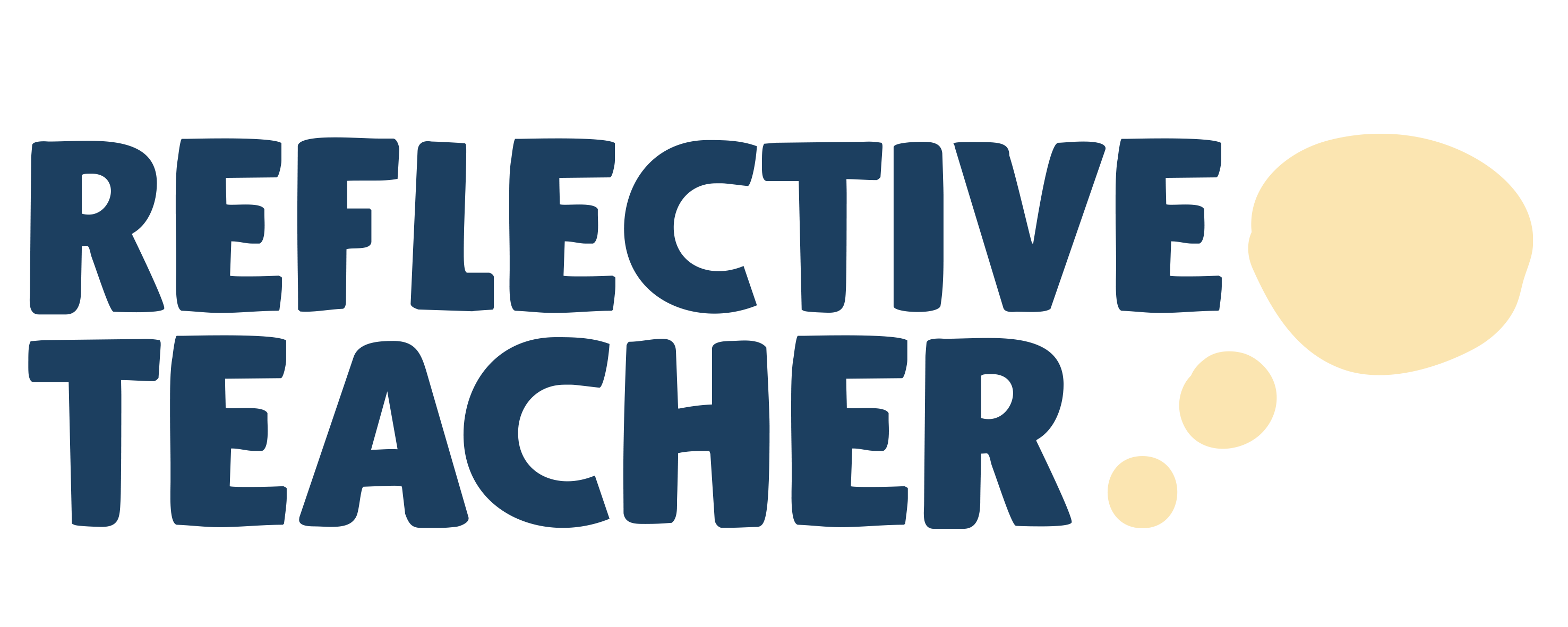We’ve all seen reality TV shows where someone thinks they’ve done a great job. They finish their dance / song / magic act / routine with relief and exhilaration etched on their faces. Moments later their smiles plummet when their performance is ripped to shreds by the pantomime villan-esque judge on the panel.
It’s highly likely that what the judge has said it’s true, but there are other ways of assessing the performer and delivering the feedback. Instead of a personal, brutally honest, harsh approach that would make even Genghis Khan well up, acknowledging the positives and offering constructive criticism with examples of why it didn’t work and how to improve will have a much more motivating and encouraging impact. Here are some ways to do give constructive student feedback.
Why do students need feedback?
Effective feedback helps students understand what they’re doing well, which areas need improvement, and how to achieve that improvement. Feedback supports students, builds learning, resolves misunderstandings, and helps them progress from where they are to where they should be. Appropriately timed feedback that targets specific gaps in the student’s knowledge and understanding will help develop their learning.
Effective feedback empowers students and improves their self-esteem. By assessing them on their own attainment, as opposed to against their peers, they’re given the support they need to improve. It encourages students to take responsibility for their own learning, as they can see what they’ve already achieved and have a better understanding of what they need to do to improve.
What is good feedback for students?
If you don’t tell your students what they’re doing well, they might not realise it. Give positive feedback to encourage and motivate them. If the only feedback they get tells them what they haven’t understood or should be doing differently, there’s a danger their drive and morale will dip.
Go into detail
Feedback that offers general and vague remarks, or no comments at all, isn’t going to help the student. Remember, they won’t automatically know why something is wrong. If they did, they probably wouldn’t have got it wrong in the first place.
Always take time to explain why you’ve marked something incorrect on their work. Provide specific and actionable information which allows the learner to adapt and improve.
Make sure the learning goals set in your feedback are realistic and doable and include details of how to achieve those goals.
Pattern work
Look out for patterns in students’ work. If a number of them are failing to understand a particular concept, hold a group feedback session targeting that topic. It’ll be less time consuming for you than giving individual feedback to lots of students and will be reassuring for the pupils that they’re not alone in struggling.
This could be an opportunity to reassess how you’re teaching that particular topic. Maybe you need to try a different approach. You could even open the floor up and invite the group to give you feedback on how they feel you’re doing and which teaching methods they find most beneficial. Depending on how brave you feel, or how honest you think your students will be to your face, you could do this in the form of a discussion, using class surveys (with the option to answer anonymously), or asking them to email you with feedback.
Written vs verbal student feedback
How you deliver your feedback – written or verbally – will probably vary depending on the situation.
Written feedback ensures that the student has the information they need detailed in front of them, with no risk of them forgetting what was said or noting it down incorrectly. Of course there’s no point to writing it down for them if they don’t read it, so you’ll need to make sure they do this as part of their routine.
The problem with writing everything out is the impact on your, already heavy, workload. Monitor how much time you’re spending on it.
Verbal feedback can improve pupil attainment and is more time-efficient than some forms of written feedback, especially as you can give this feedback to more than one student at a time. Make sure you have their attention and they’re actually listening, not going through the motions of nodding while wondering if they’ll be anything decent left to eat by the time their class gets to the cafeteria.
If you do deliver your feedback verbally, don’t ever give negative criticism to an individual in front of a class. As well as being humiliating to the student and potential bait for bullies, it’s unlikely to motivate them and runs the risk of them losing interest in the subject and respect for you. Plus, it’s just not nice. We wouldn’t like it if our bosses highlighted a mistake we’d make at work in front of everyone, so why should they? If, however, a talent show judge hauled us across the coals, well, at least there’d still be the public vote to fall back on.
To learn how Reflective Teacher can help to facilitate providing and receiving feedback, click here.



Comments are closed